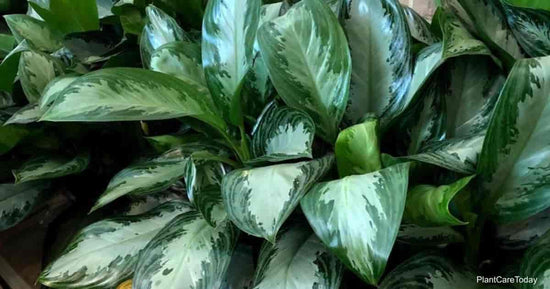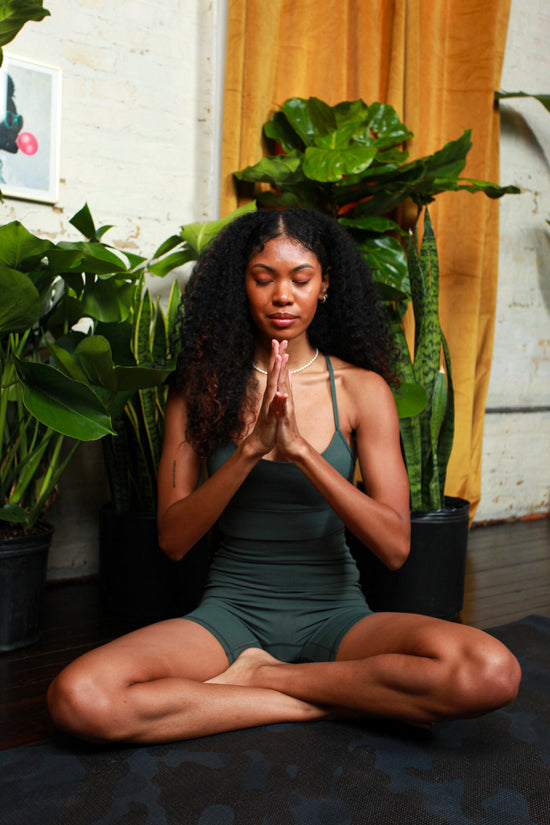Rubber Trees make shine look easy, effortlessly growing into showy statement pieces. Through relatively simple care, this Ficus will flourish alongside you for a decade or more. Prepare yourself for growth with our Rubber Tree Care Guide.
Maintenance: Intermediate | Climate: Warm + Humid | Light: Bright + Indirect | Watering: Consistent | Pet Safe: No
CHARACTERISTICS
Native to jungles in southern Asia, the Rubber Tree is a gorgeous plant that grows many oval, pointed leaves along its stems. The leaves sometimes change shape over the plant’s lifetime. New growth comes in burgundy, eventually changing into a deep green, though variations such as the Tineke develop bright, multi-colored patterns. Indoors, this plant can live over 10 years and grow over 6 feet in its lifetime.
LIGHT
Rubber Trees are adaptable to most light conditions but they’ll do best in medium to bright, indirect light. A room with east or south-facing windows will provide ample light. Proximity to a window should be protected with filtration such as blinds or sheer curtains. Always keep your Rubber Tree plant away from direct light to avoid leaf burn.
Variegated Rubber Trees like the Tineke and Ruby will lose their beautiful pattern if light conditions are too low. Encourage variegation with bright, indirect light.
WATER
Water your Rubber Tree generously once the top 50-75% of soil has dried. Be sure to confirm the soil moisture by sticking your finger a few inches down. These plants do not like drought or overly moist soil and appreciate a consistent routine. A well-draining planter and soil are key for soil health! Reduce the watering frequency during Fall and Winter when the plant goes into rest.
We recommend using non-tap water to avoid harsh minerals and salt buildup. If tap water is most accessible, simply leave it out overnight so these harmful minerals can evaporate. Learn more about water types!
AIR
Rubber trees come from the jungles of Southern Asia, where temperatures are warm and the air is humid. To keep your plant happy and looking its best, replicate this environment as much as possible within your own home.
Keep temperatures around 65º-85º and boost humidity via regular misting, creating a pebble tray, or adding a humidifier nearby. Well-lit bathrooms and kitchens also make great humid environments! Rubber Trees are sensitive to drafts and extreme environmental changes.
PLACEMENT
Rubber Trees are a symbol of peace and abundance. Consider placing your Rubber Tree near your front entrance or in a sacred spot of your home to harness this positive energy. Of course, always ensure your plant will receive the light and air it requires in the space of your choice! Rooms with East, South, and West-facing windows will receive the brightest light throughout the day.
POTTING & SOIL
High-quality, rich soil is preferred by the Rubber Tree. A well-draining potting soil of your choice, along with some beneficial amendments, will keep your soil healthy and full of nutrients. Add in bark, sand, and/or perlite to your potting soil to increase aeration, drainage, and proper moisture retention.
A ceramic or clay planter provides ideal moisture balance and airflow for your Rubber Tree. We recommend transplanting your tree out of its nursery pot and into one of the same size or up to 2” larger. Once your Rubber Tree is mature, it can be repotted every 2-3 years or as needed.
SEASONAL CARE
Your Rubber Tree’s needs will shift in Fall and through Winter as it goes into rest. The key to winter health is being a bit more hands-off so as not to stress it during this sensitive time. Here are some seasonal tips to keep close:
- If needed, move your Rubber Tree where it can capture maximum bright, indirect sunlight.
- Continue to water once the top 75% of soil has dried but expect the frequency to slow down as winter creeps in. Cooler temps and fewer daylight hours cause soil to dry slower. Always let the water drain out and discard the excess!
- Maintain and boost humidity levels. Winter air is notoriously dry and tropical plants usually suffer. Boost humidity via:
- Misting the leaves 4-6x per week
- Creating a pebble tray underneath its pot
- Placing a humidifier nearby
- During these months (and always) protect it from drafty windows and air/heat vents.
As Spring rolls in and the days stretch longer, gradually resume your growing season routine. Best practice is always to confirm soil moisture with your finger and read the Common Problems section below to know what signs you can look out for.
PRUNING & PROPAGATION
Under ideal conditions, Rubber Trees are fast growing and can be pruned (cutting pieces away) to maintain a preferred shape or size. Pruning can also encourage fuller growth when cut in a strategic area. One of the most exciting parts about pruning is using the cuttings to propagate and grow new plants.
Cuttings should be at least 6 inches long, with healthy leaves and multiple nodes (marks along the stem where new leaves grow from). They’ll grow roots in a moist soilless mixture or clean water, though the former is the preferred and most successful method.
- Remove the bottom leaves from your selected cutting. Keep 1-2 top healthy leaves.
- Sprinkle the cut with cinnamon and leave the cutting to dry out for 1-3 hours. This helps prevent infection and encourages rooting.
- Place your cutting in its new temporary home:
- Wait for roots to grow! Soilless mediums need to be kept moist and humid for healthy roots to emerge in about 2 months. The water method can take 10-12 weeks when clean water is refreshed weekly.
- Once roots are 3+ inches long, pot into a healthy soil mix and provide your usual outstanding care.
COMMON ISSUES
Rubber Trees tend to be fairly easy-going, so any issues you run into should be a simple fix. The most common issues you’ll encounter are conveniently listed below.
BROWN LEAVES
Brown leaves on a Rubber Tree are commonly from under or overwatering. Check the soil moisture with your finger to be sure. Brown edges along the leaf can result from sunburn or dry air that needs more humidity.
YELLOW LEAVES
Yellow leaves are a sign of improper watering - either too much/little or too irregular. Yellow leaves can also be a sign of temperature or environmental stress.
DROOPING LEAVES
Drooping is common for a Rubber Tree plant when a change has been made. If you moved it to a new room or home, forgot to set the thermostat, or even left the window open, expect the leaves to temporarily droop.
FALLEN LEAVES
Similar to droopy leaves, Rubber Trees commonly drop leaves as a response to stress. Changes in environment or care can cause bottom leaves to drop. Make sure your plant is comfortable and give it some time to adjust.
SPOTS ON LEAVES
If your Rubber Tree is developing spots, keep note of if they’re spreading. Dry bleached spots are usually sunburned from intense light. Brown spots can be a sign of fungus or poor water quality. White spots are common after your rubber tree has had too much to drink.
CURLINGS LEAVES
Curling leaves on a Rubber Tree signal temperature stress or air that needs more humidity. Curled leaves can also be a result of improper watering.
LEGGY GROWTH
If your Rubber Tree isn’t receiving enough light, the leaves will grow further apart, exposing bare stems as it searches for sunlight. Provide bright, indirect light and rotate your plant regularly to encourage full growth.
LEAVES ARE LOSING VARIEGATION (COLOR OR PATTERN)
Rubber trees with natural color patterns (such as the Tineke and Ruby) may lose their color if they're exposed to inadequate light. Light that is too intense will burn the leaves, producing a bleached or dry, brown spot. Leaf burn usually starts at the edges. Lighting that is too low will produce dull leaves without their usual pattern.
—-------





